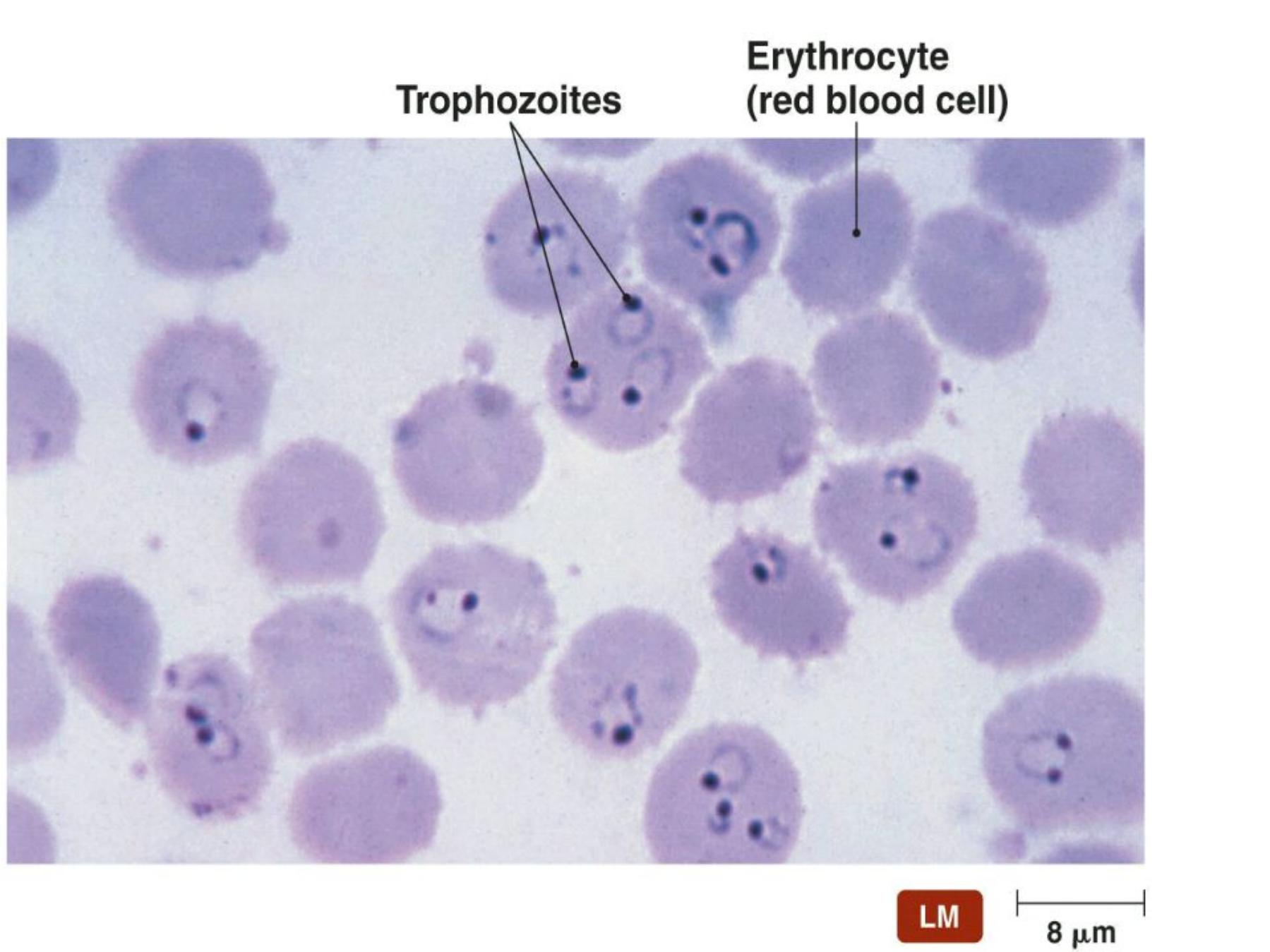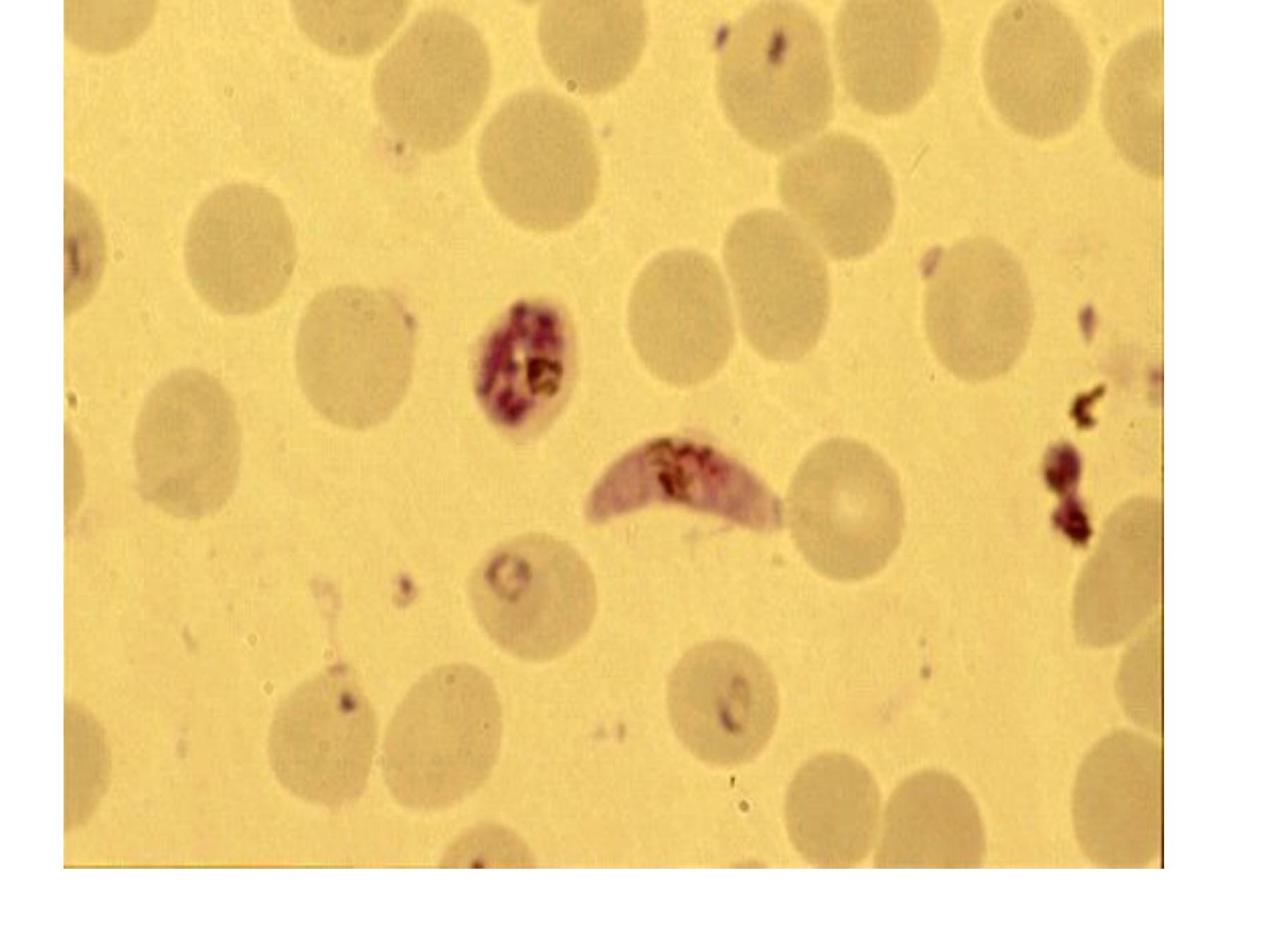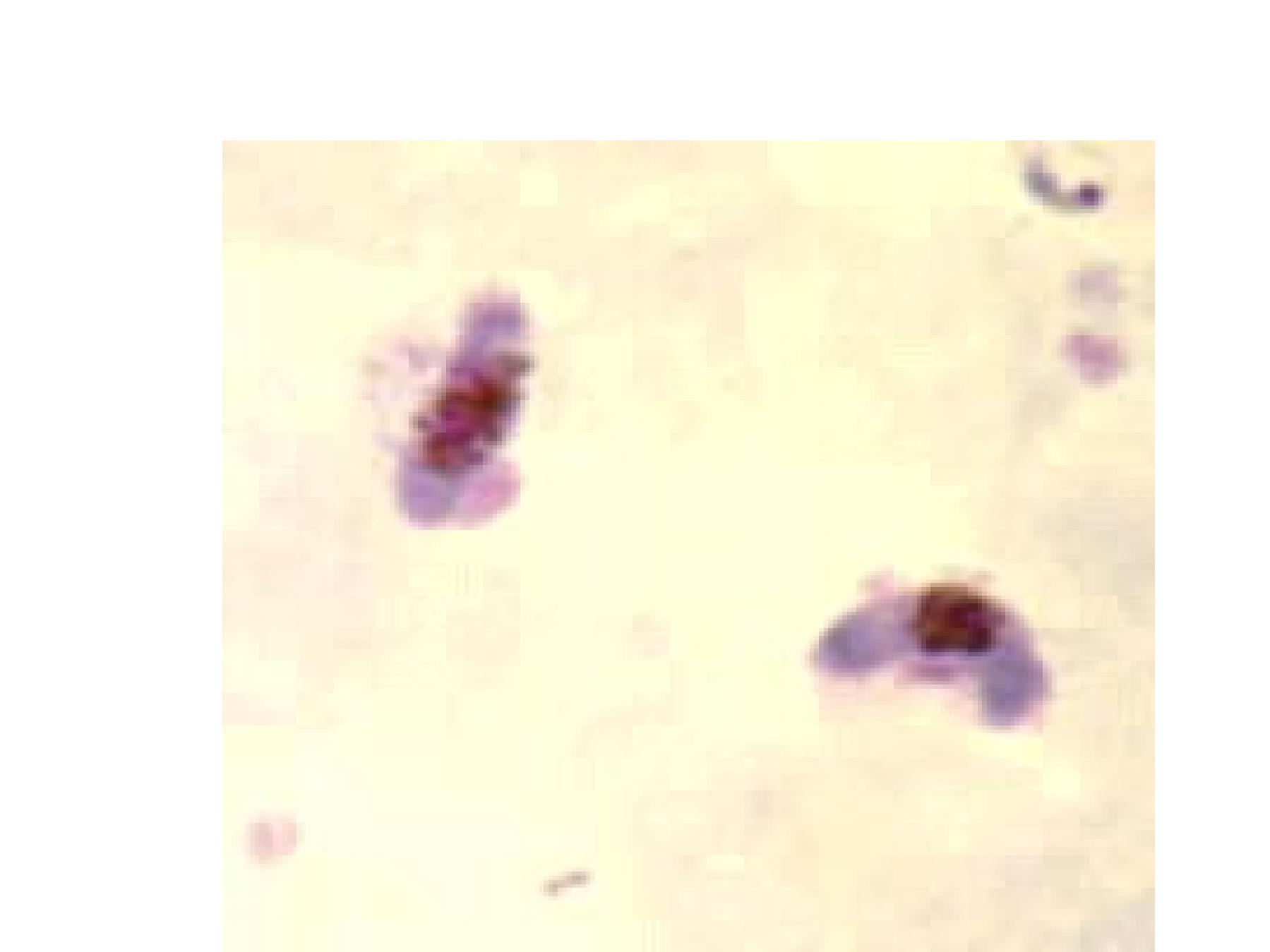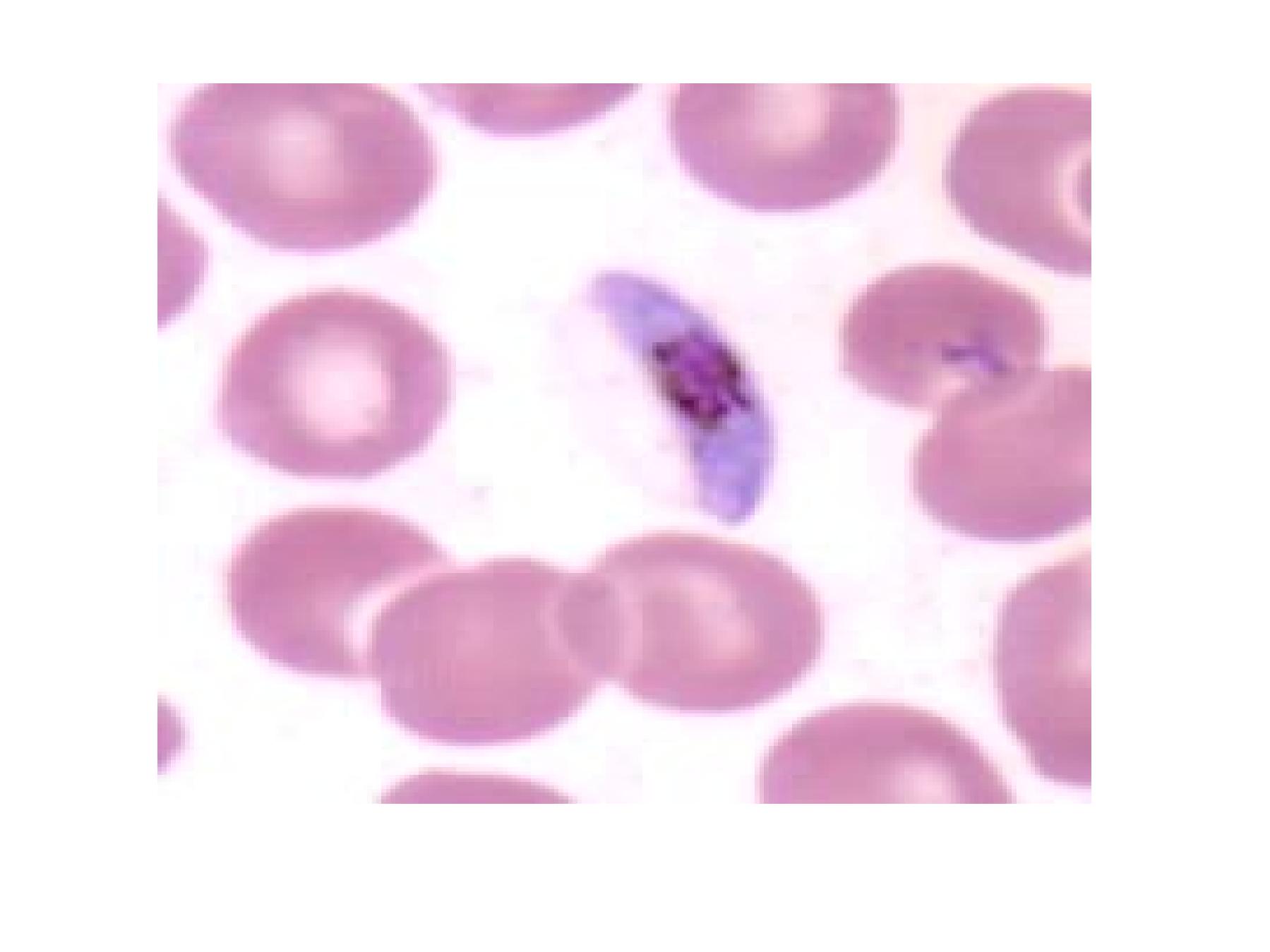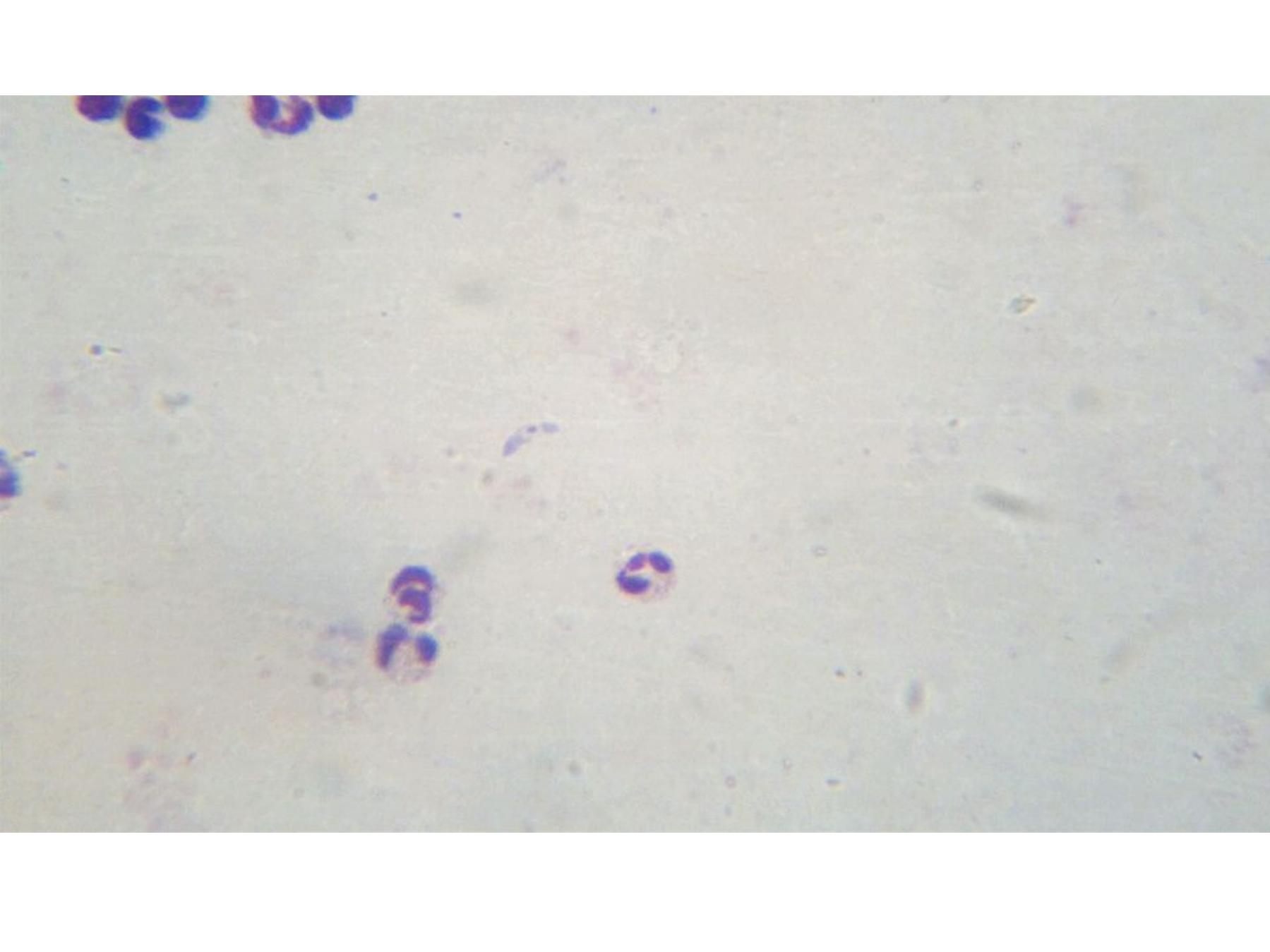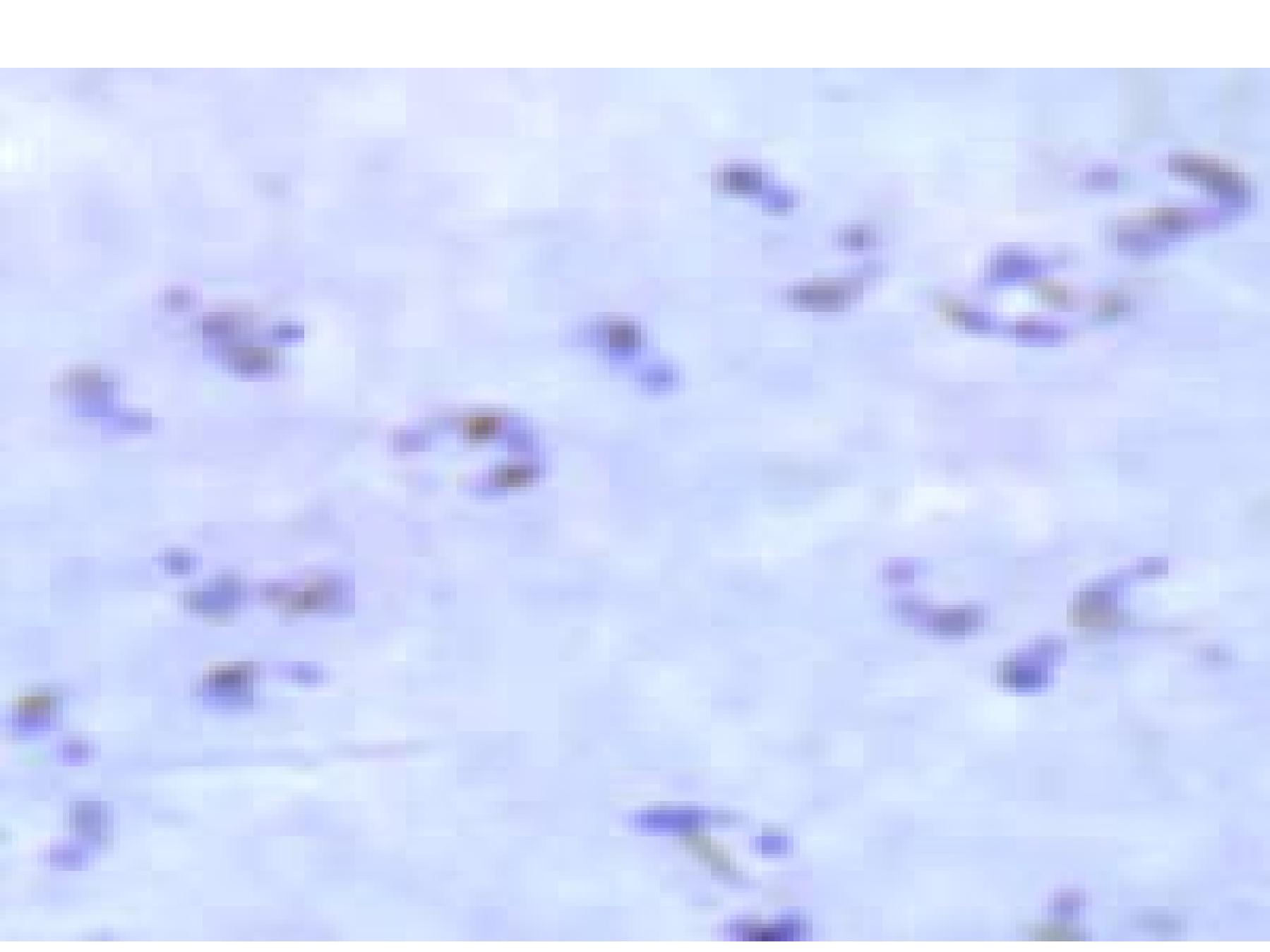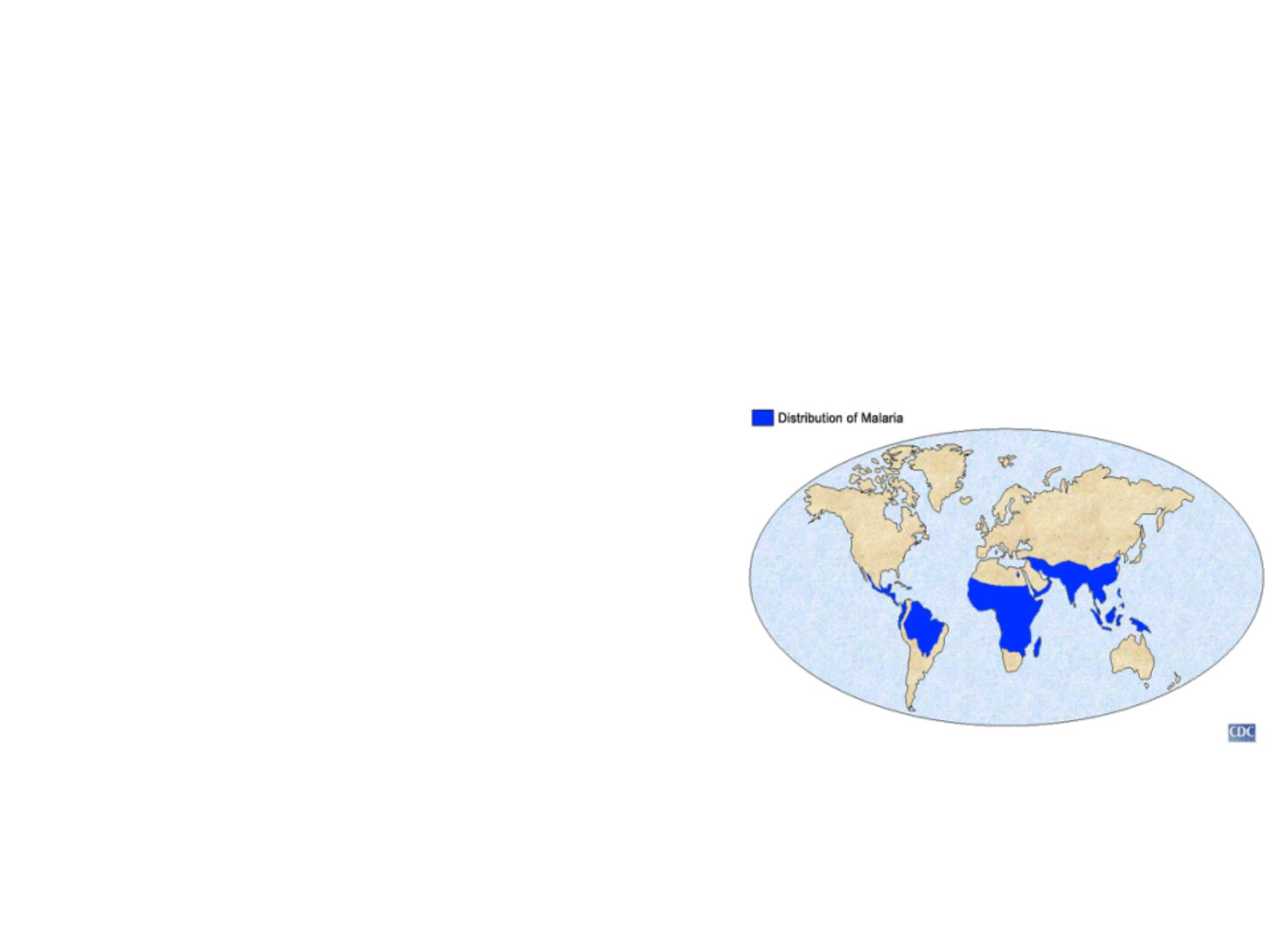
Malaria “
Mal-air”
It is a world wide distribution disease acute or chronic
characterized by
fever ,anemia & spleenomegaly
occurs
where anopheles mosquito are present & caused by
genus plasmodium ,which is host specific
In IRAQ it is found significantly in the north part of IRAQ
Animal kingdom
sub kingdom : protozoa
sub phylum : Apicomplexa
class
: sporozoea
genus
: plasmodium
41% of the world's population live in areas where malaria is
transmitted (e.g., parts of Africa, Asia, the Middle East, Central
and South America, and Oceania).
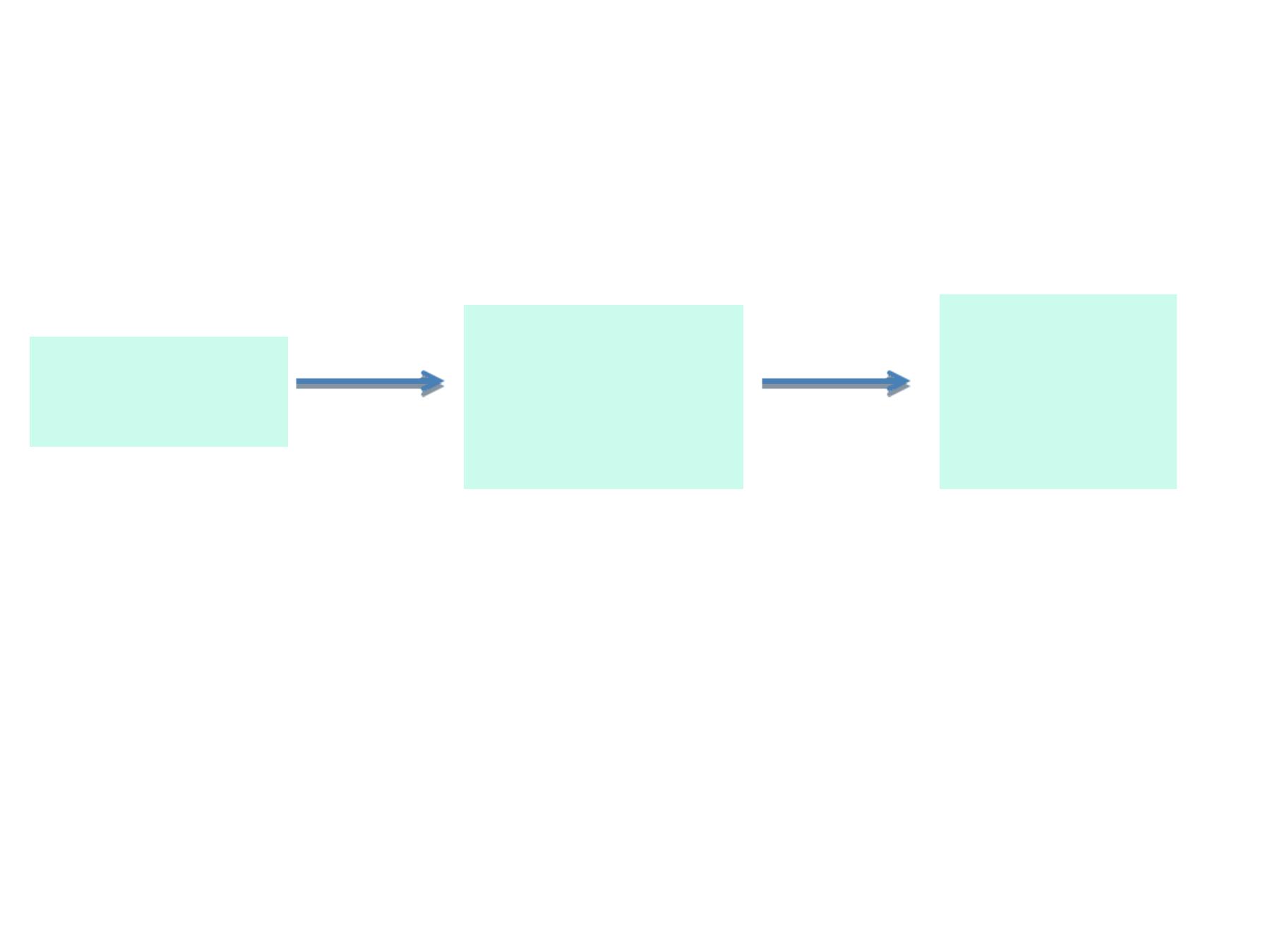
*
Malarial parasite in man established their 1
st
foci in non
phagocytic cell of the liver
(hepatocyte
)=pre erythrocytic
cycle before the released into circulating blood to
parasitize RBC where erythrocytic cycle established
Life cycle
Man only
reservoir
infected stage sporozoite
Infection
person
Insect female
Anopheline
mosquito
Un infected
person

Species that cause Malaria in man are
Plasmodium vivax
“
begin tertian malaria”48hr
P
falciparum
“
malignant tertian malaria”
P
malariae
“
Qurtan malaria”
72hr
P
ovale
“
mild tertian malaria oval malaria”
General
characteristics
of genus plasmodium
:
1-All species are parasitic of tissue & blood of their
host
2-Have very complicated life cycle :alternation of
sexual
(
gametogony & sporogony
)
&
asexual
(
schizogony
)
3-No organil of locomotion but at certain stages
can move by body flexible or flagella as
microgamete
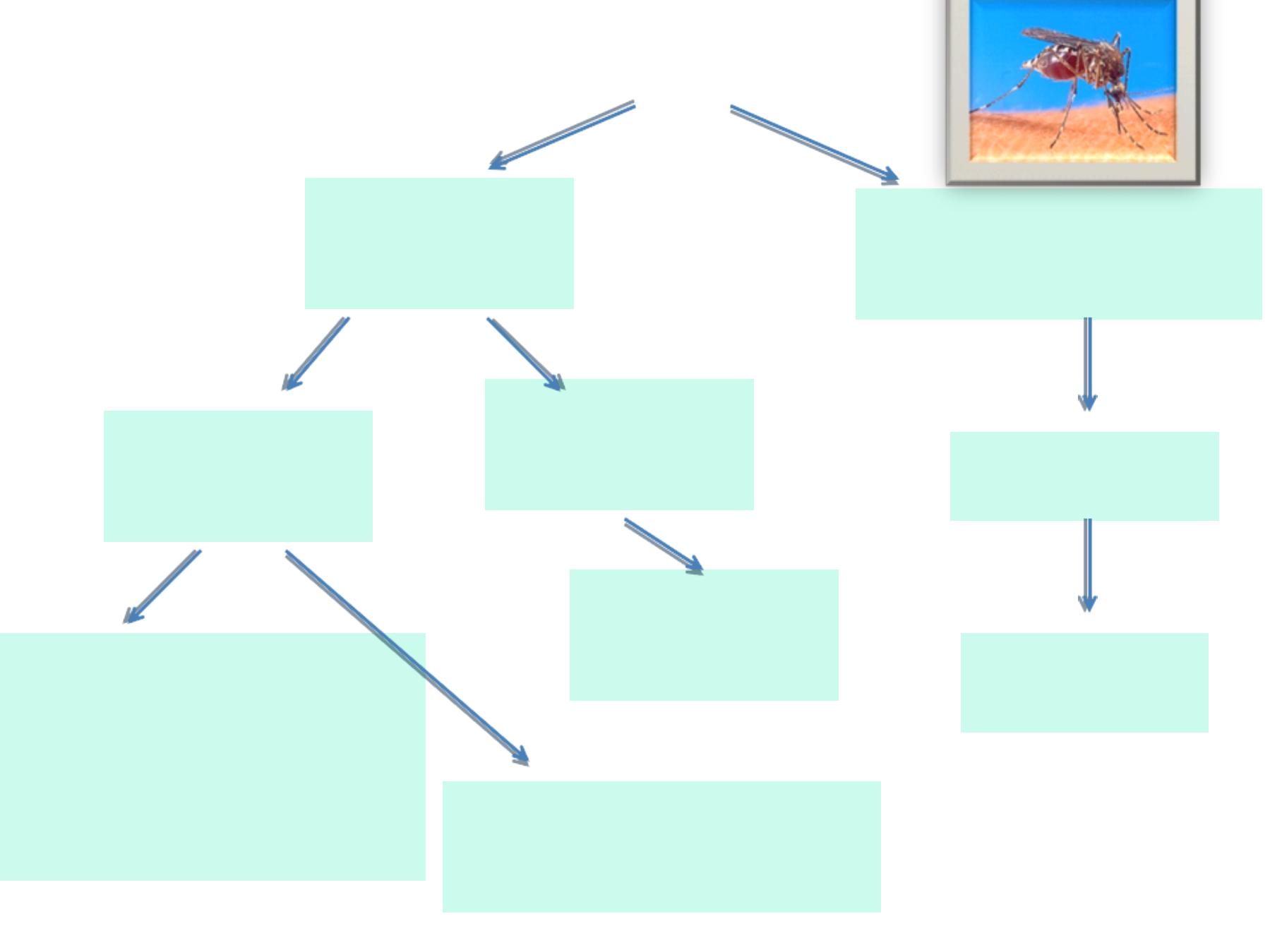
Life cycle
Vertebrate
man
Invertebretes
Female mosquito
Tissue phase
“
liver”
Blood
phase
sporogony
gametogony
Erythrocytic
cycle (E.C.)
Secondary E.E.C
Para-erythocytic cycle
Primary
Exo-erythrocytic cycle
Primary E.E.C.
Pre-erythocytic cycle
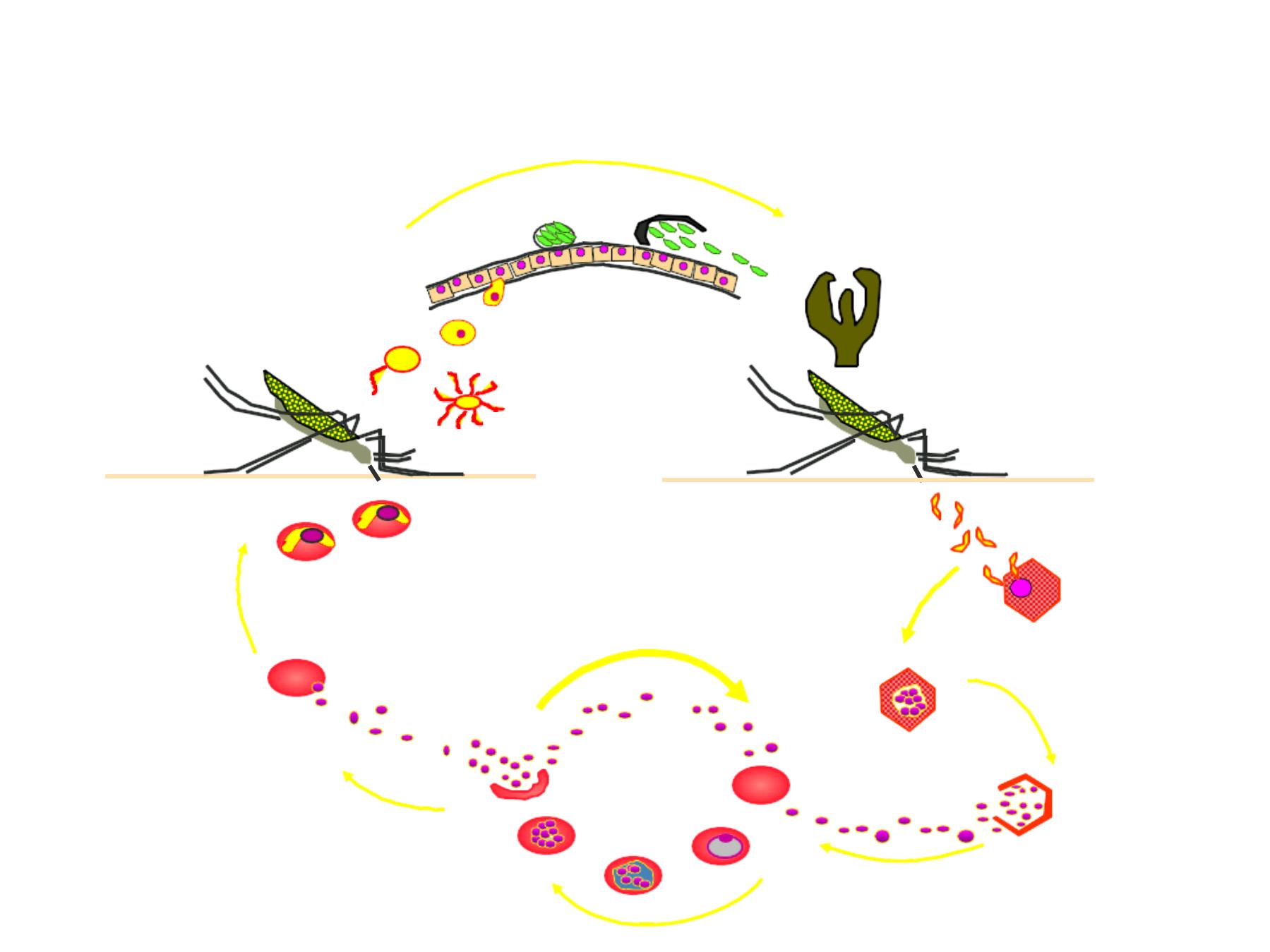
Liver stage
Sporozoites
Mosquito Salivary
Gland
Malaria Life Cycle
Gametocytes
Oocyst
Red Blood Cell
Cycle
Zygote
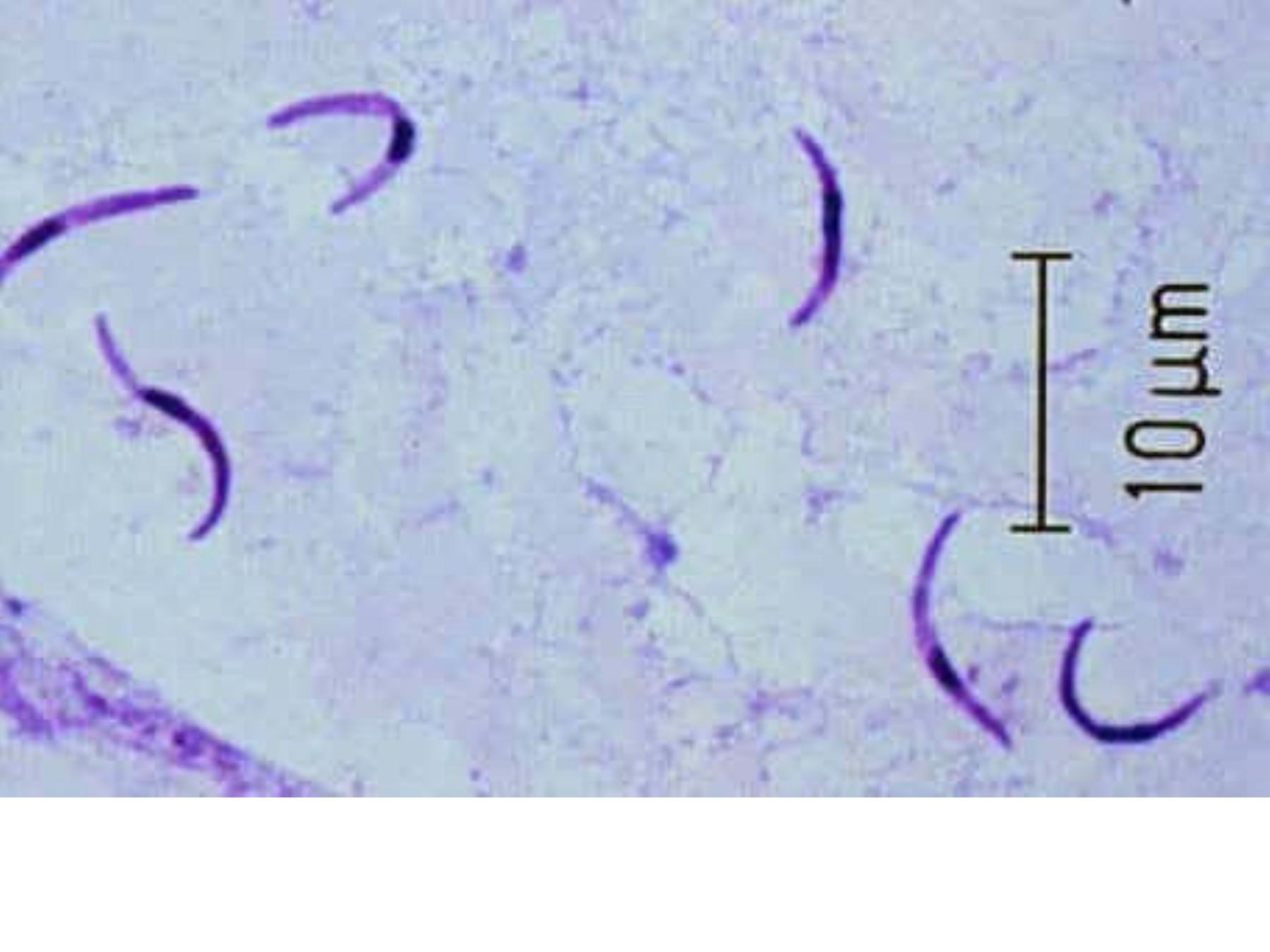
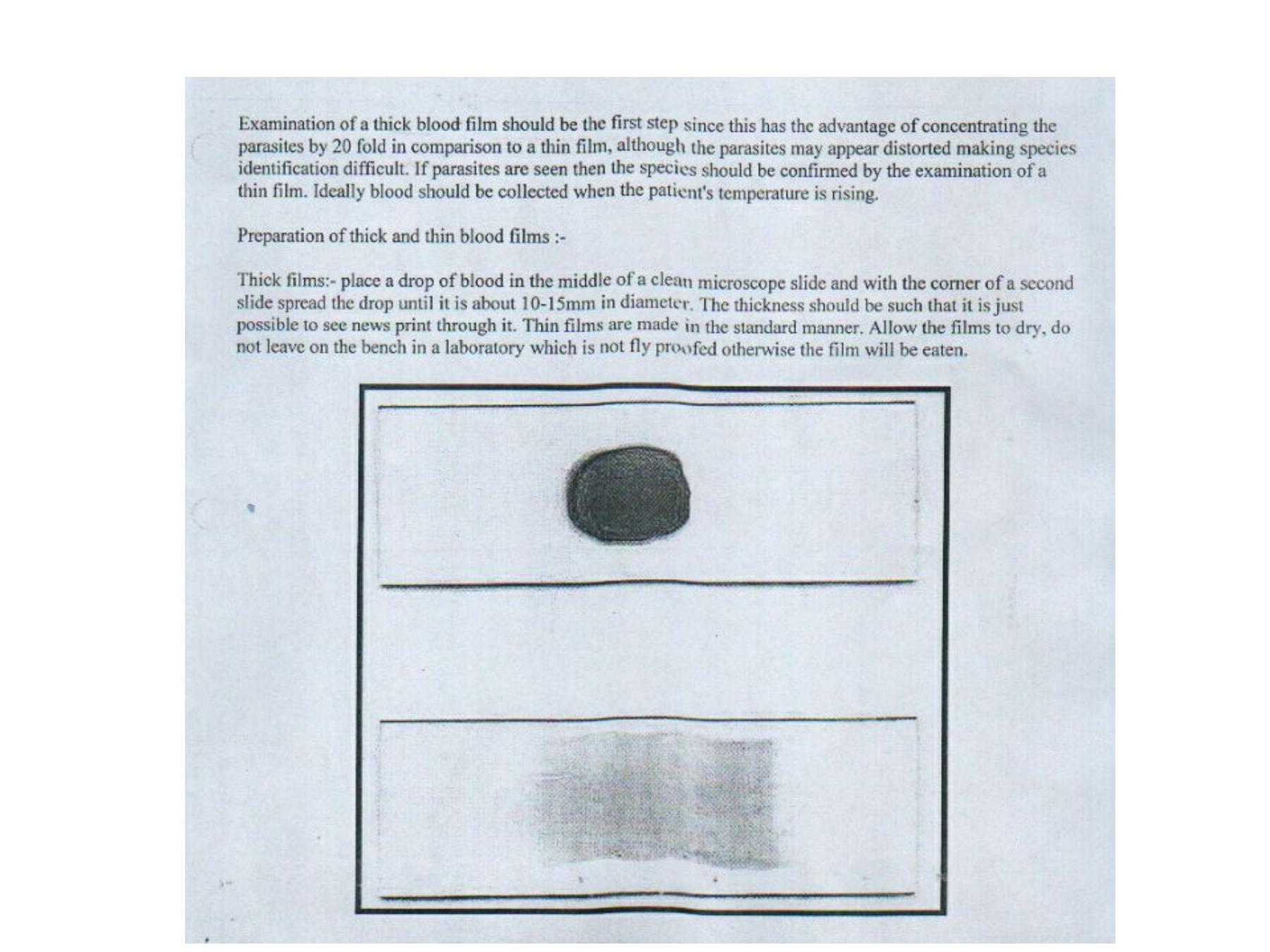
Diagnosis of erythrocytic cycle, by blood film ( thick and thin blood smear )
thick
thin
113
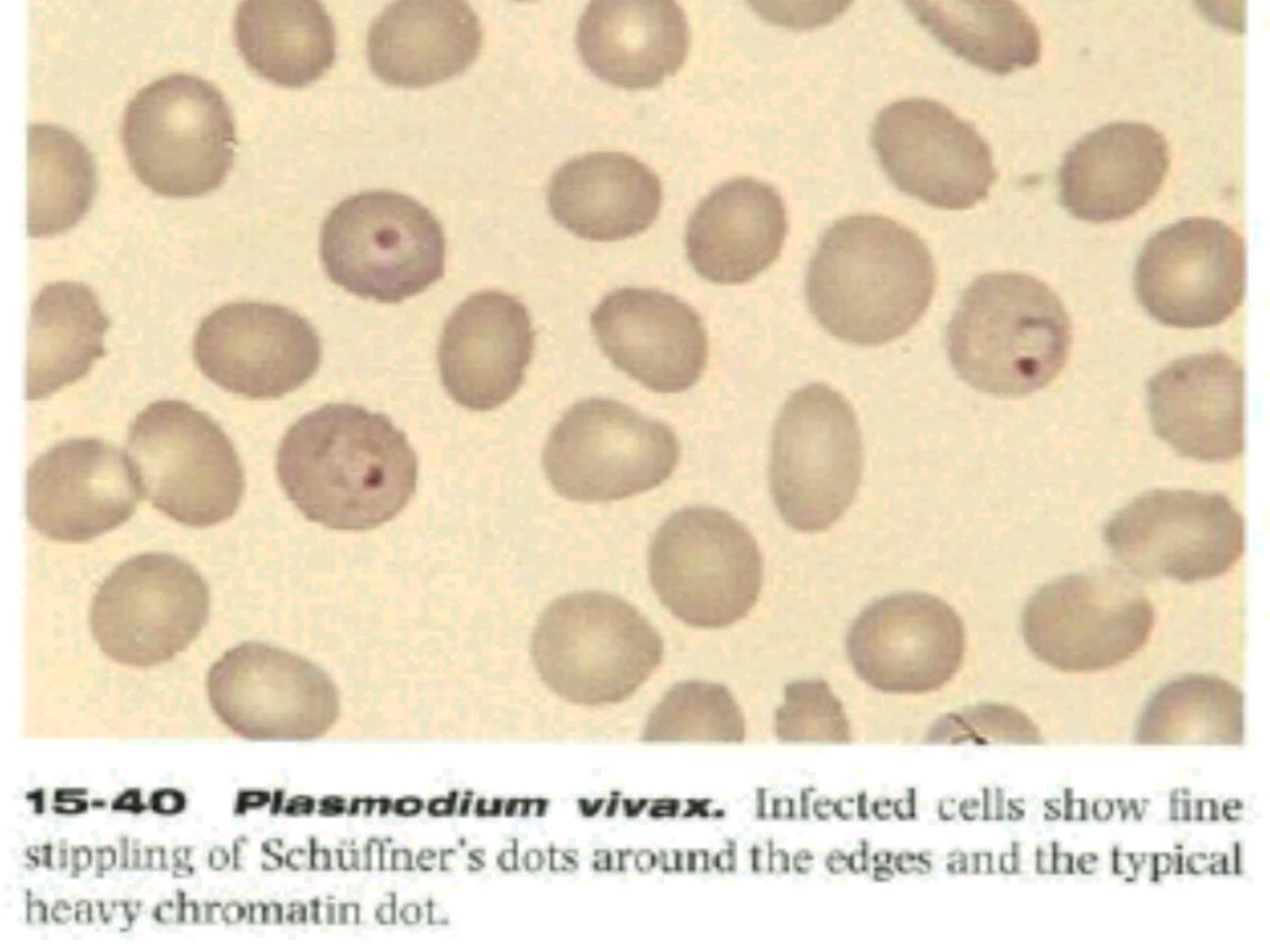
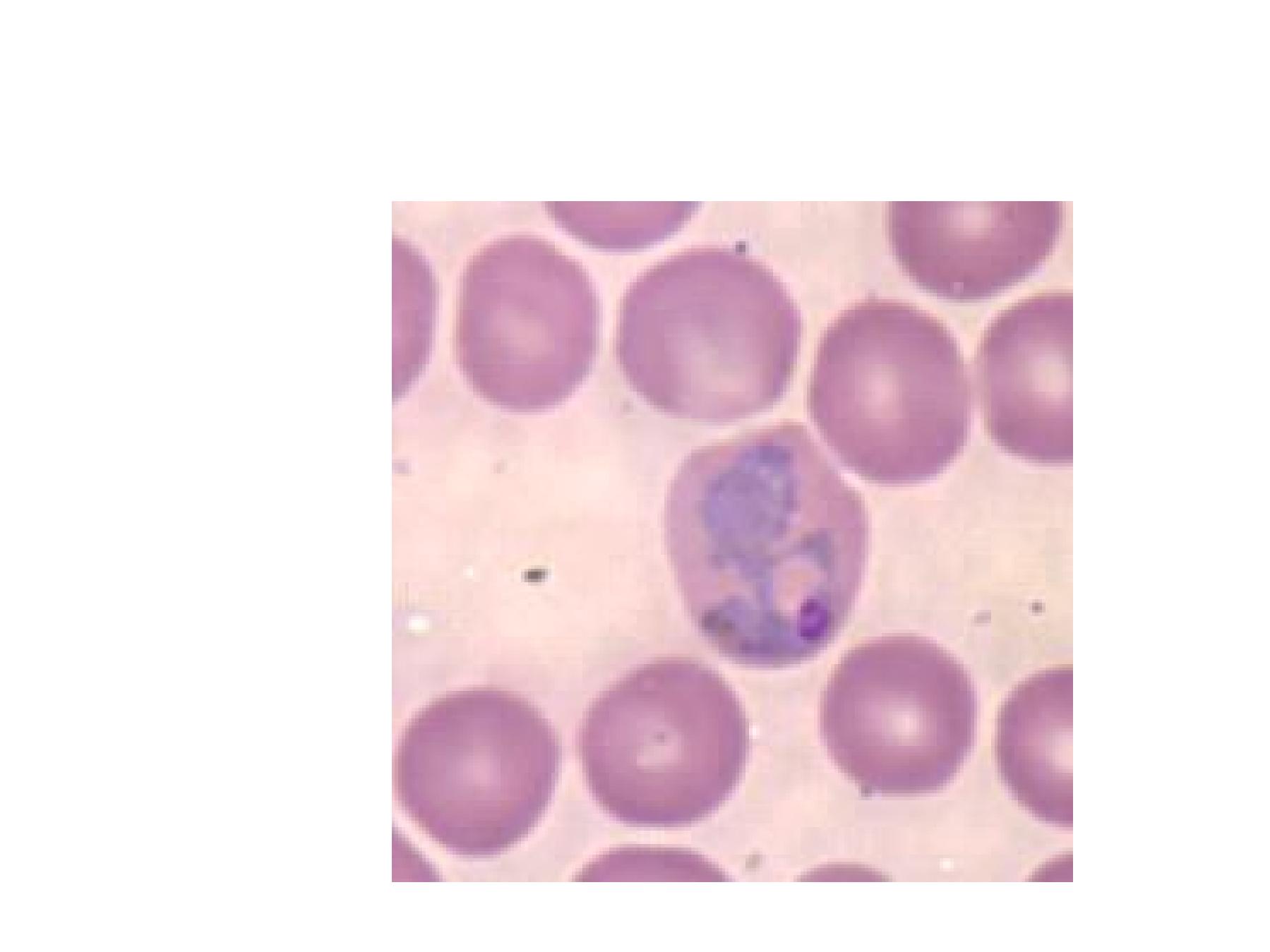
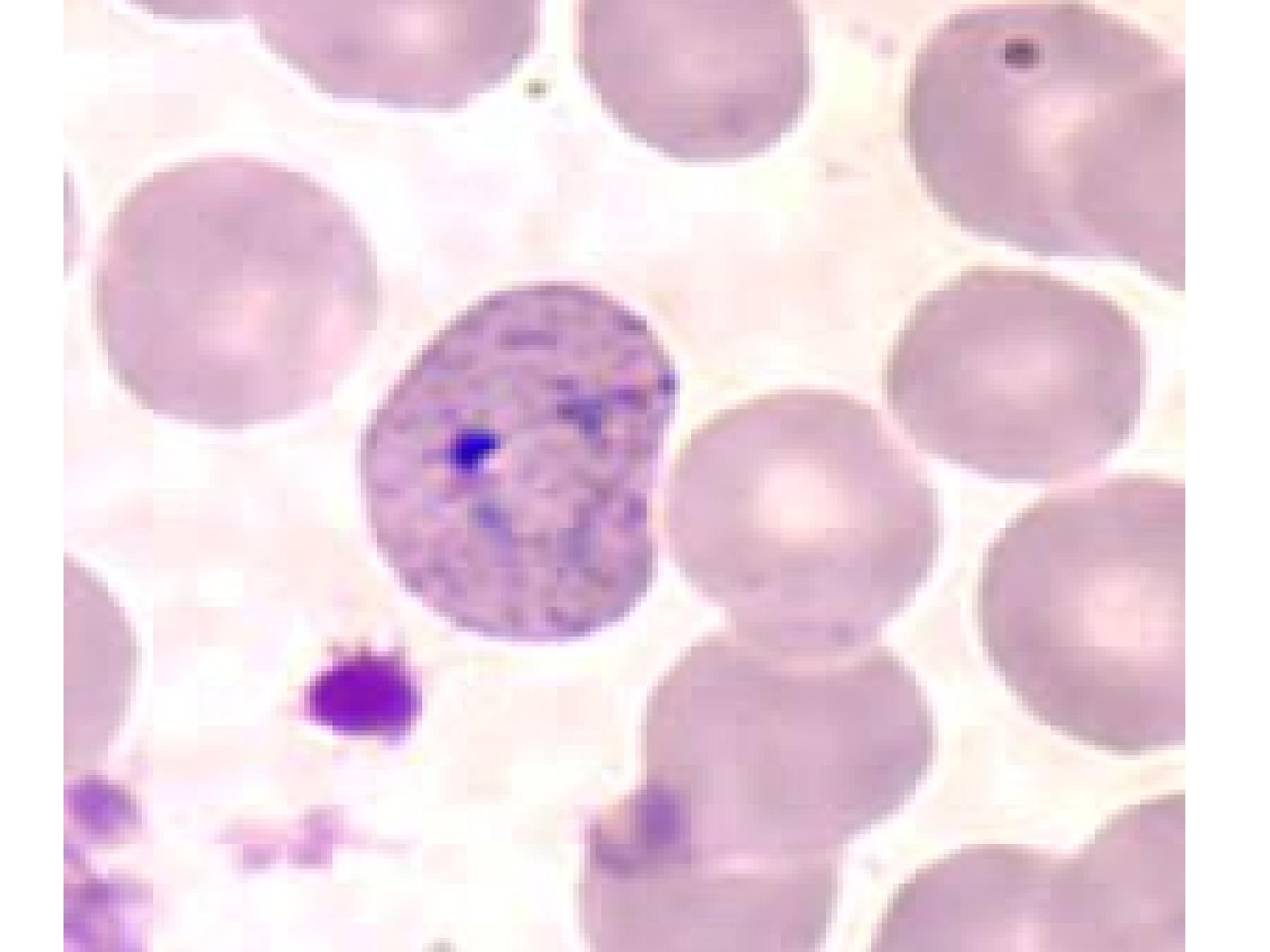
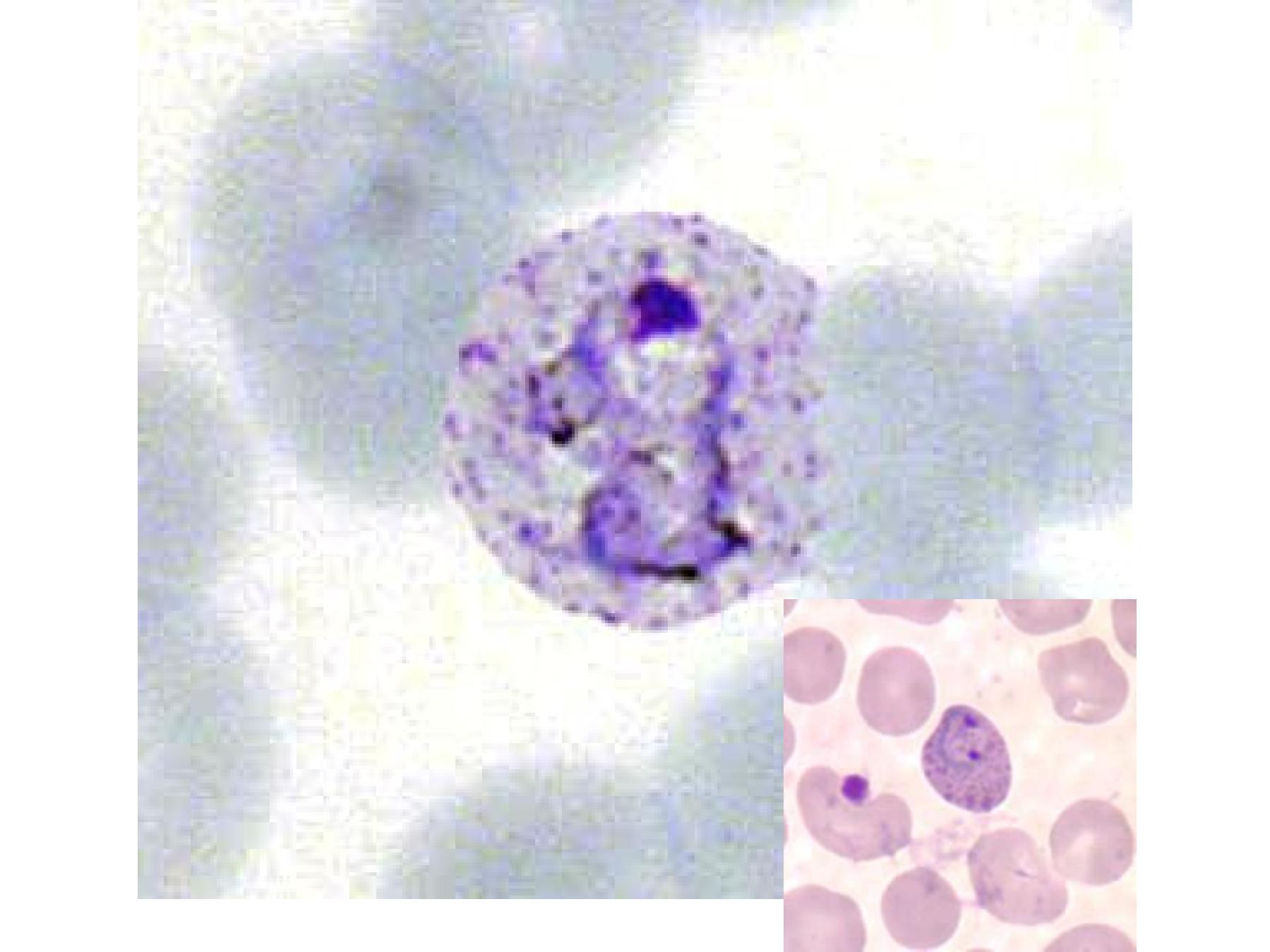
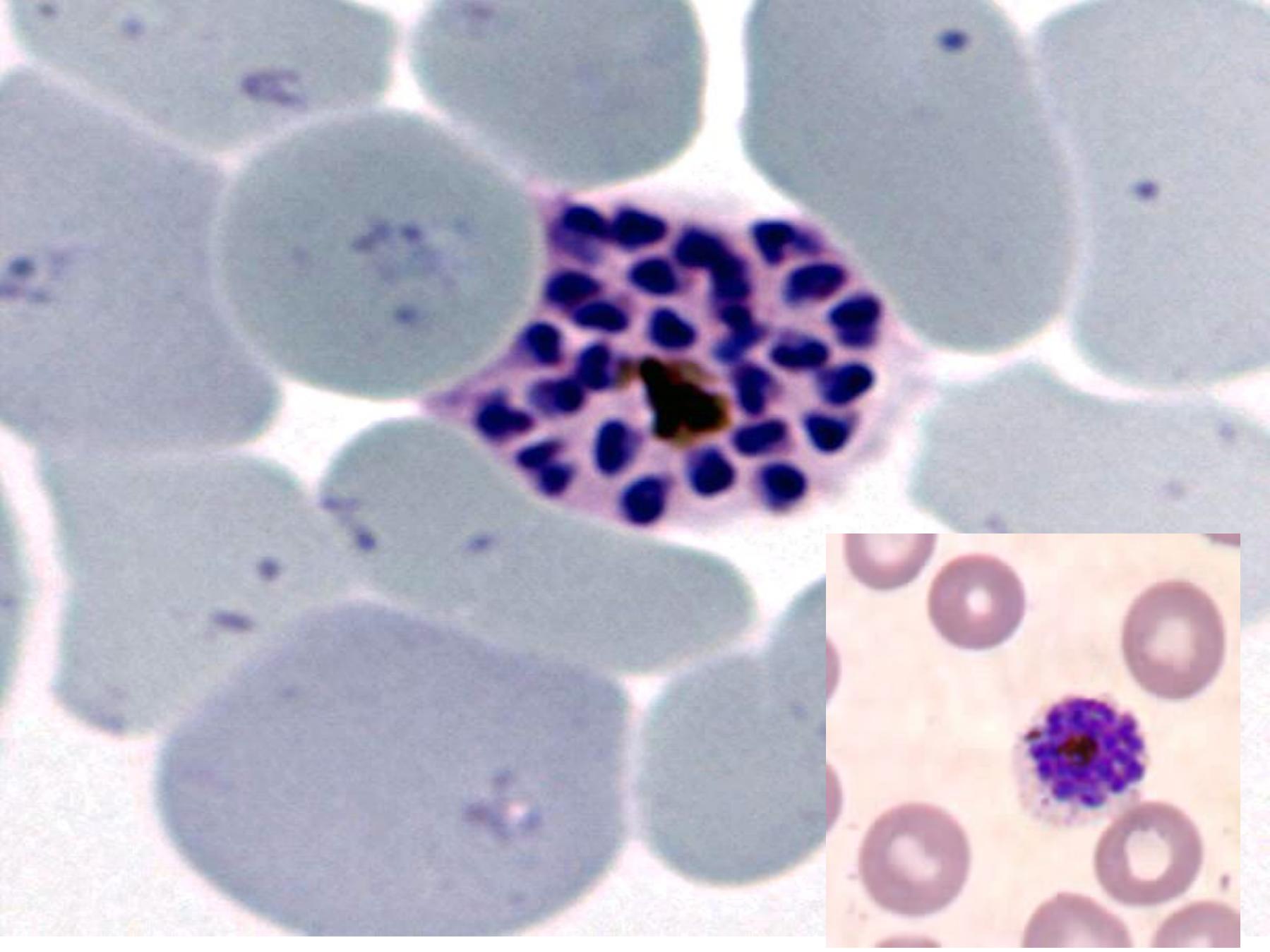
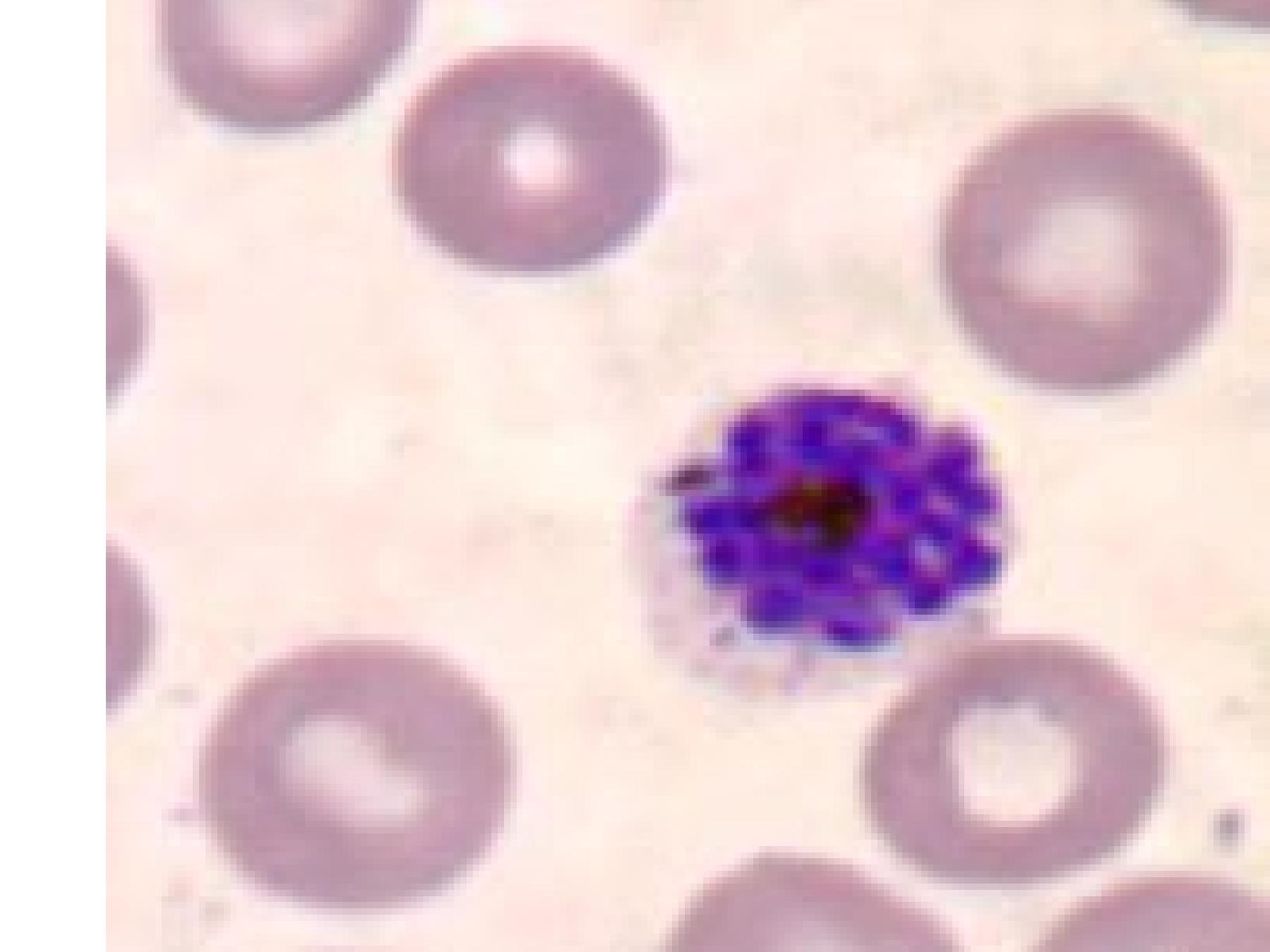
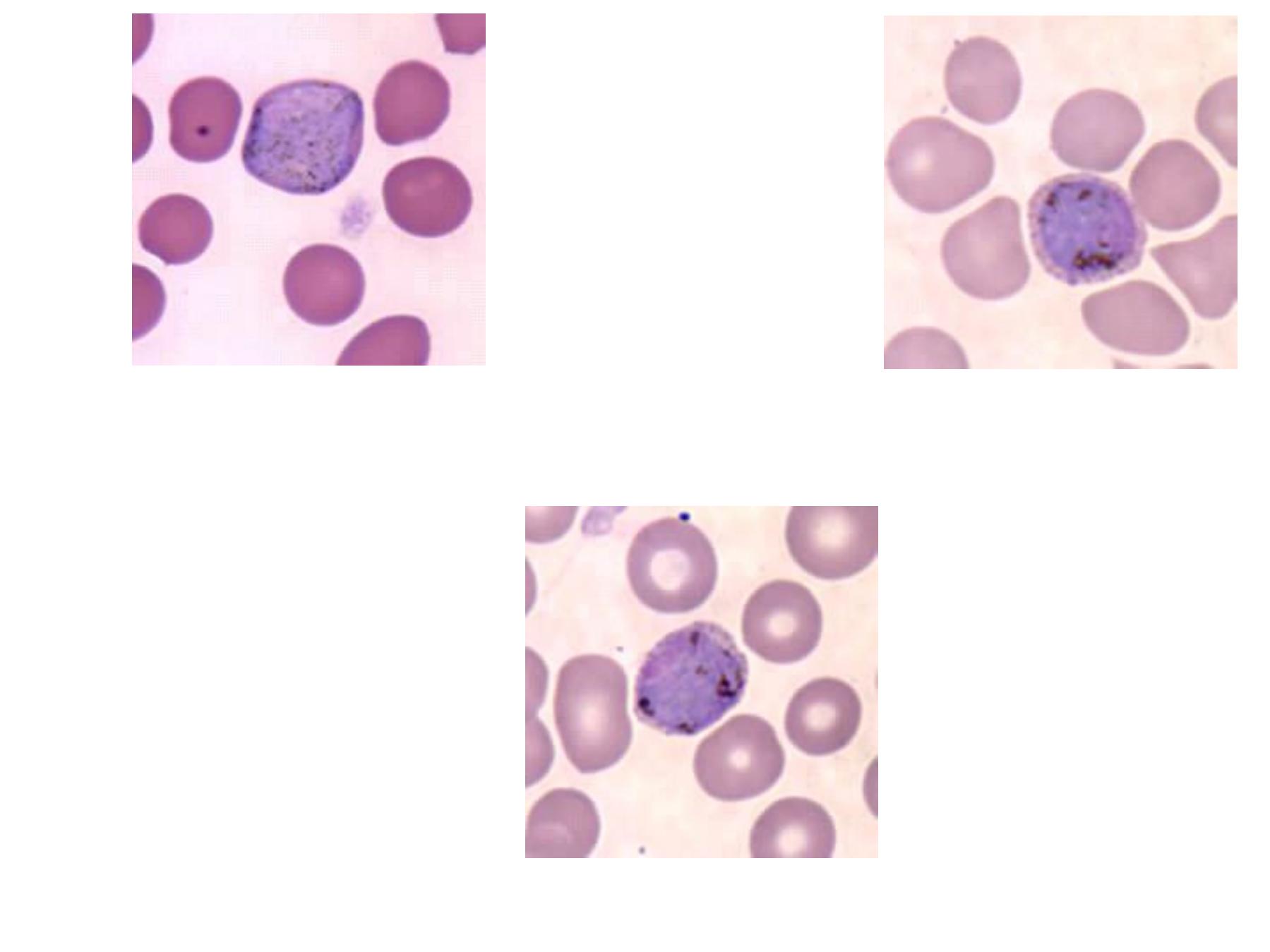
A, B, C: Gametocytes of P. vivax in thin blood smears. Schüffner's dots can
be seen in B and C
A
B
C
123
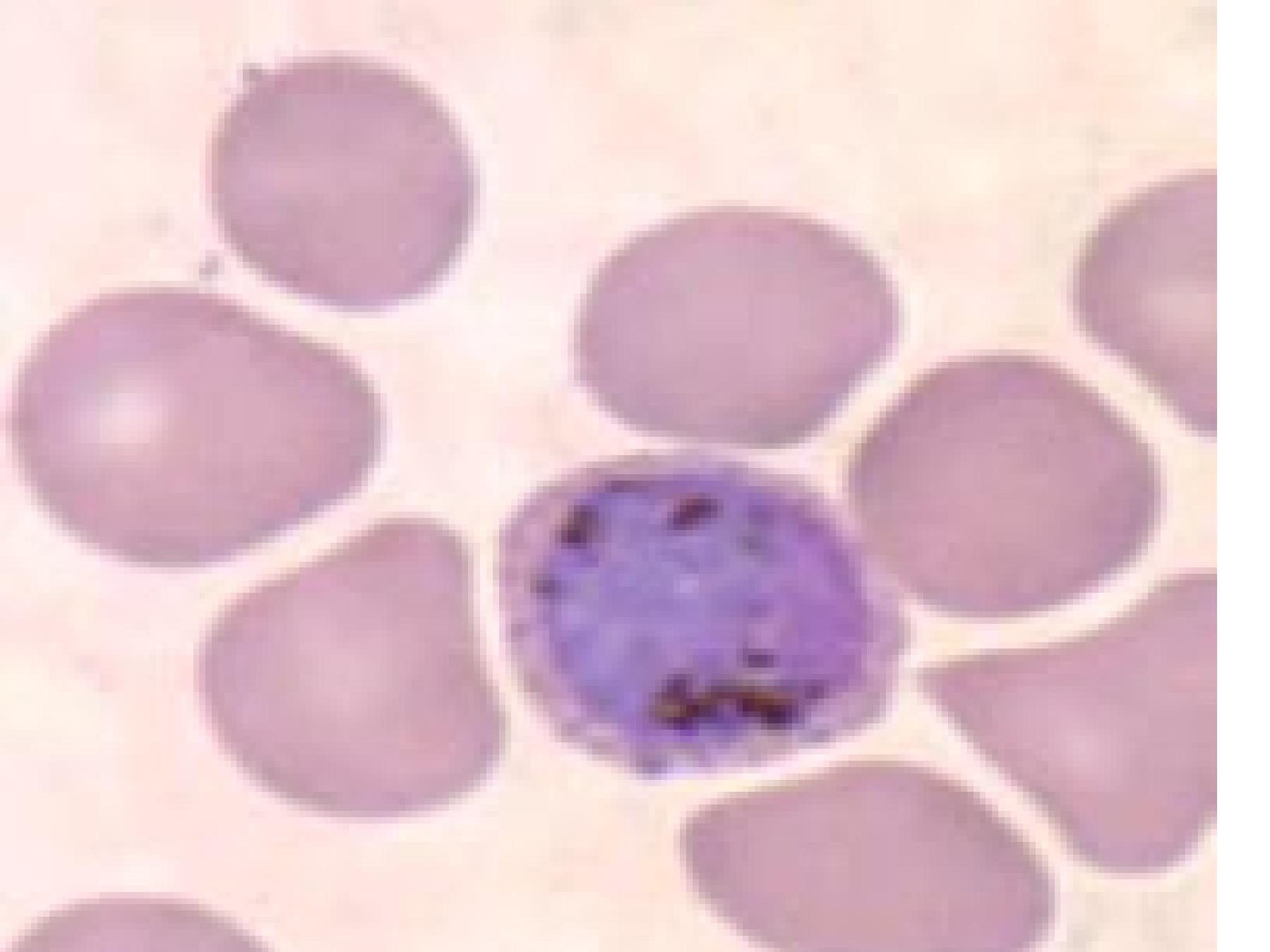
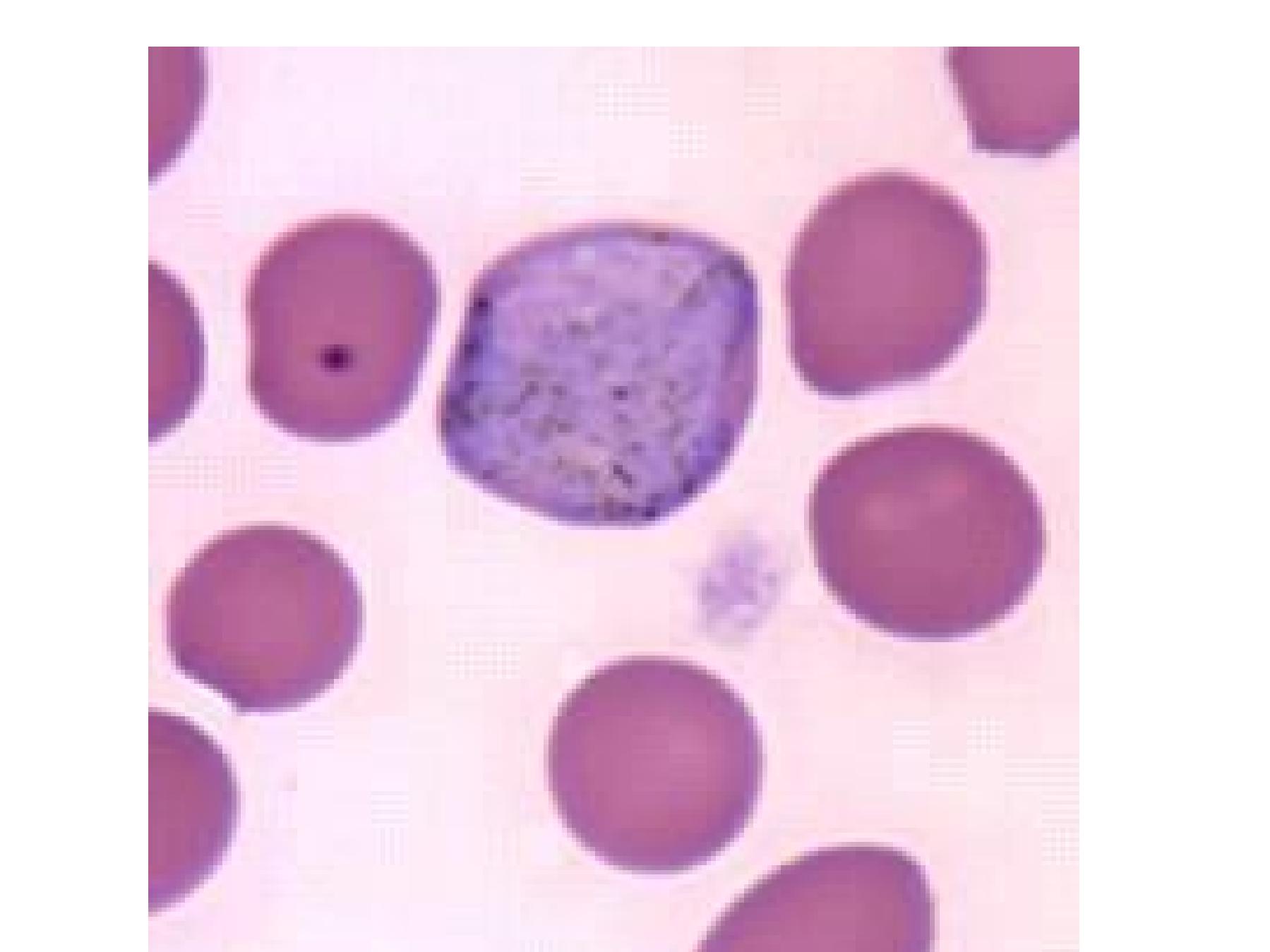
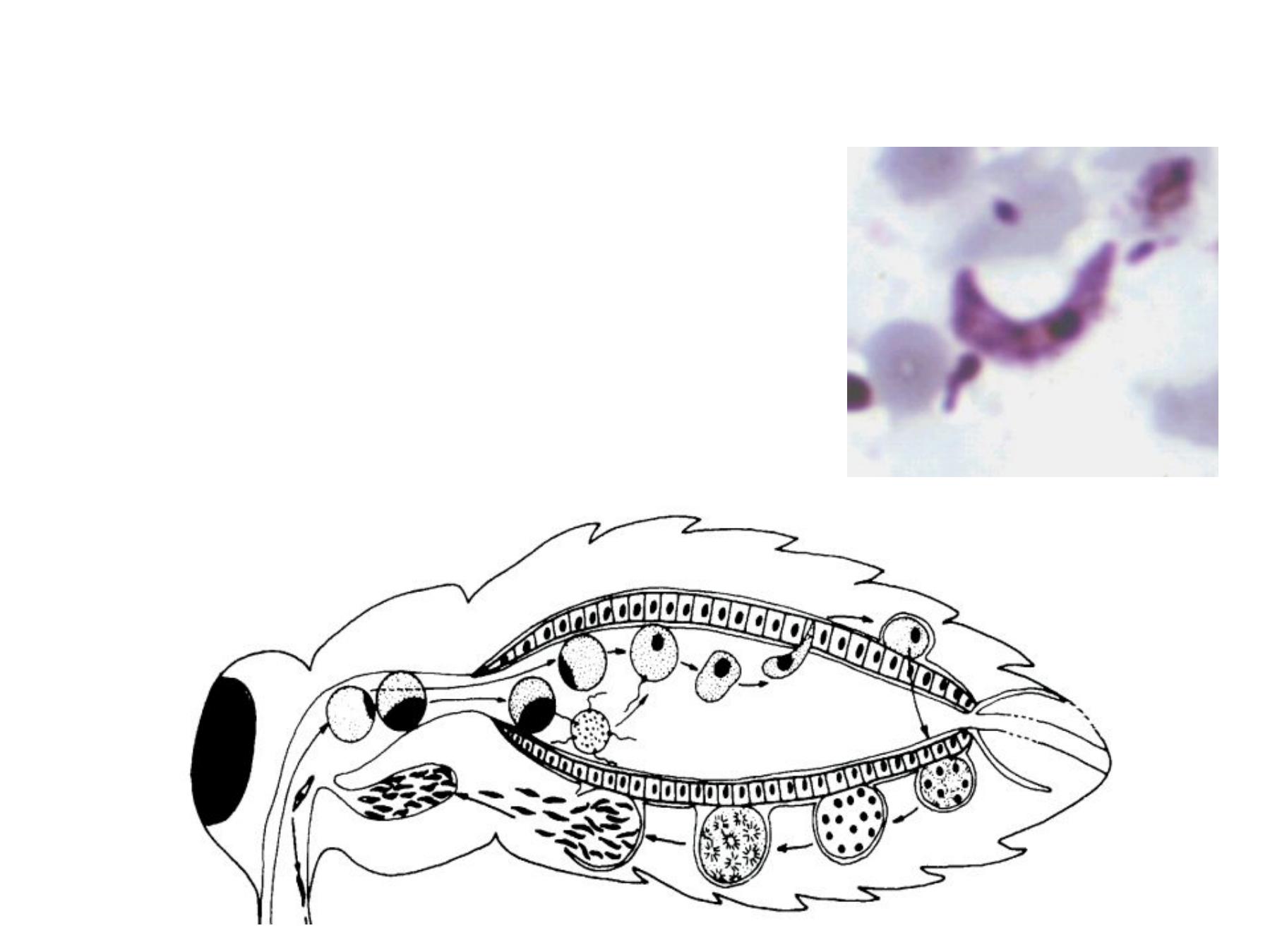
Sporogony
•occurs in mosquito (9-21 d)
•fusion of micro- and
macrogametes
•zygote
ookinete (~24 hr)
•ookinete transverses gut
epithelium ('trans-invasion')

